What would be the five things that you would take with you on a deserted island? This rapid fire question always has Wi-Fi or a mobile phone as one of the answers. This might be because we want to share what we are doing with the people we know, on social media. Man being a social animal, has not been able to survive alone and will never be able to. Relationships form the core of one’s personality development. One such relationship/bond is formed in our infancy, usually with our significant care-giver. That emotional bond between the child and a special individual is called attachment.
The attachment style that is formed between the child and that particular person makes the child feel safe and secured. Like any mammal, an infant is not able to take care of itself and therefore requires help for survival. This makes the child bond with that particular person who makes the child feel comforted and feel pleasure when they are with them. There are different types of attachment styles that exist depending on the relationship shared by the child and that special individual (who is typically the mother).
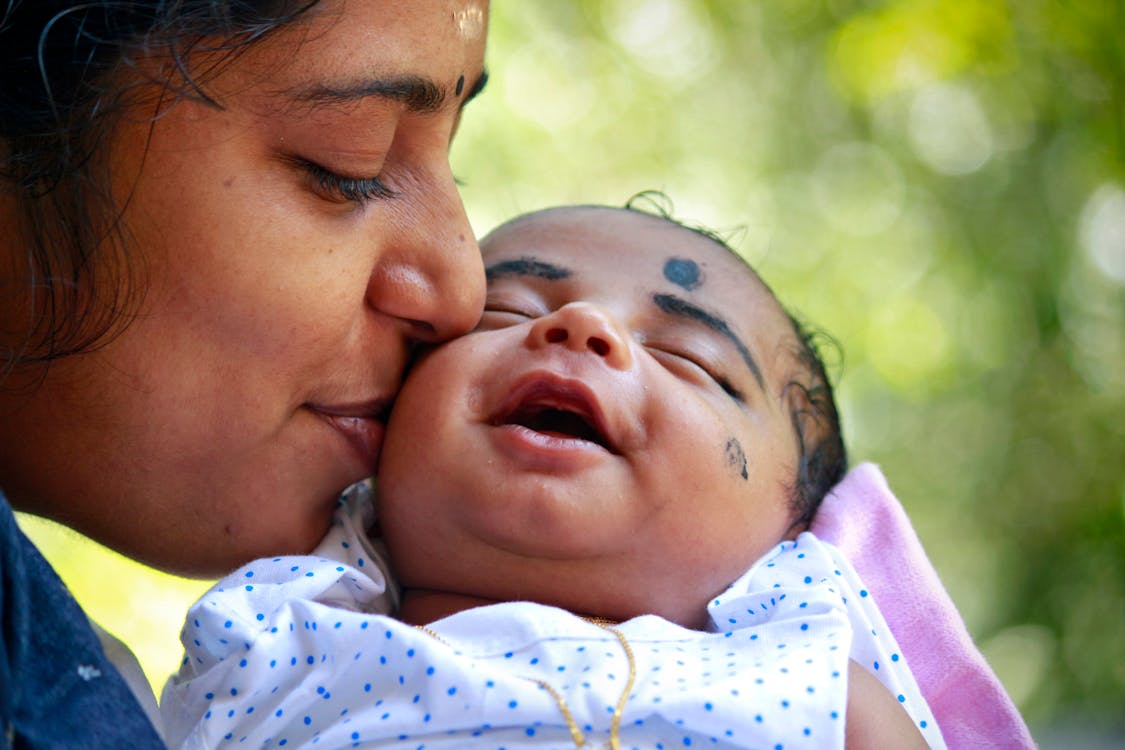
Theoretically speaking, there are various theories that have tried to investigate attachment styles from perspectives of different needs. Some are based on physiological needs, while others are based on the contact comfort. John Bowlby- a British psychologist was of the opinion that it is the need of safety and security which determines the kind of attachment the child shares with the individual/care-giver. And based on this premise, Mary Ainsworth developed an experiment which gave the 4 most popular patterns of attachment styles. So here is the first point that one needs to know:
1. AINSWORTH STRANGE SITUATION AND PATTERNS OF BEHAVIOUR:
Mary Ainsworth developed a technique called the strange situation which had a sequence of staged episodes where in 12-month-old infants and their parents are brought to the laboratory and, systematically, separated from and reunited with one another. Infant’s reaction to the various aspects of the strange situation depended on the nature of their attachment to their mothers. So here are the 4 patterns of behaviour which emerged as a result of the separation from the mother:
- Secure attachment pattern: Infants with secure pattern of behaviour are at ease when the mother is present. They may or may not appear upset when the mother leaves the room, but immediately goes to her when she returns seeking contact and are easily comforted by her.
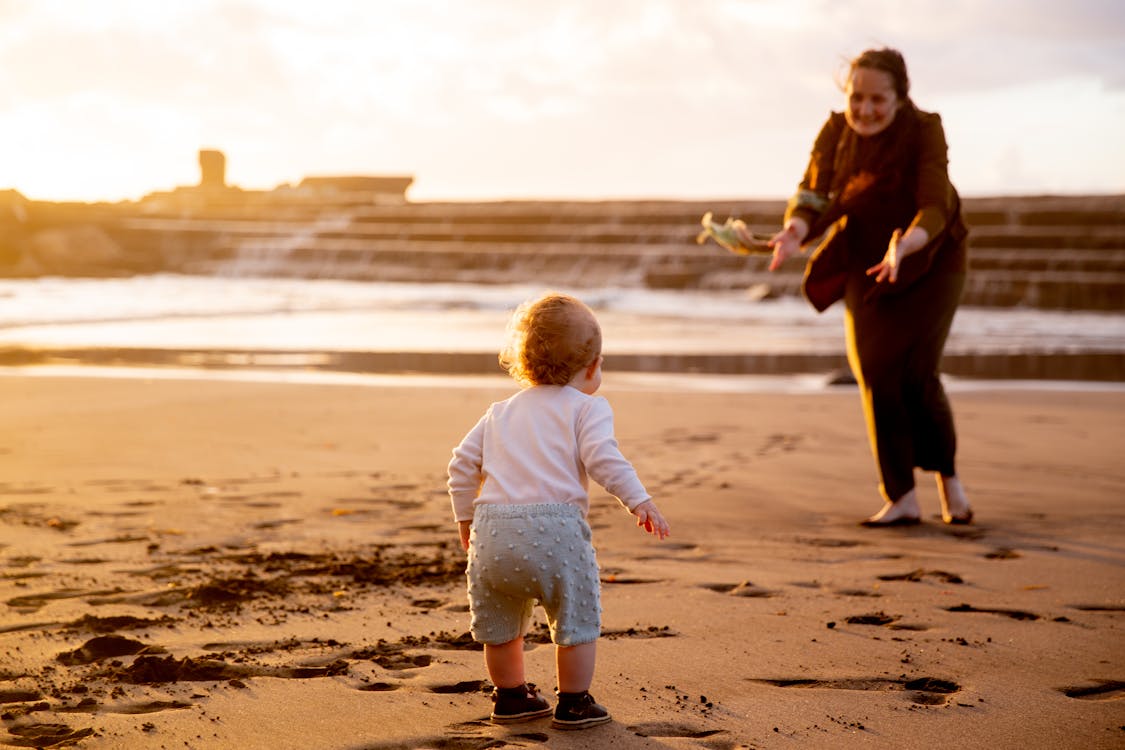
- Avoidant attachment pattern: Infants with avoidant pattern do not seek proximity to the mother and even when she leaves the child does not seem distressed. In addition, when the mother returns they seem to avoid her and come across as indifferent to her.
- Ambivalent attachment pattern: This pattern of behaviour is described as having both positive and negative responses to the mother. When she leaves, the child shows great amount of distress. But on the arrival of the mother, their responses are ambivalent in the sense that they seek immediate closeness but at the same time they start hitting and kicking in anger.
- Disorganized-disoriented pattern: This kind of attachment is quite confusing for the child as various patterns of behaviour emerges. They may run to the mother when she returns but may be not look at her or might initially seem calm but then breaks into anger outbursts. Because of the inconsistency of behaviours, this pattern shows the least securely attached children of all.
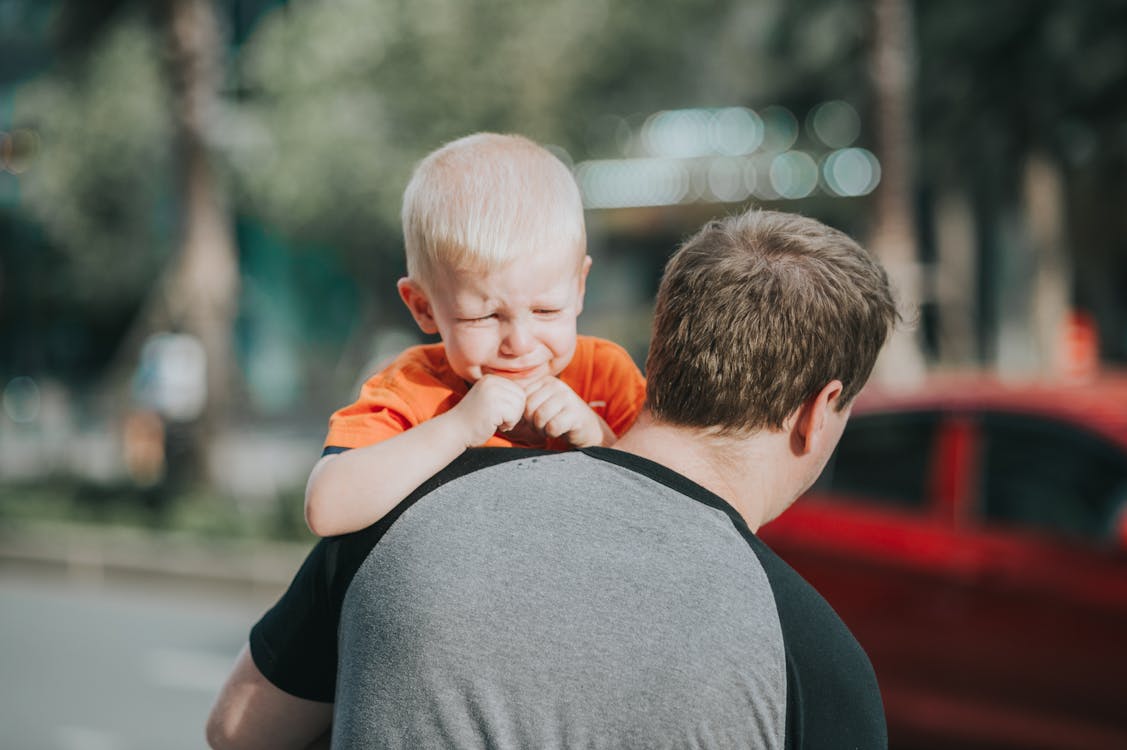
Now don’t start analysing your own attachment styles. There are different scales available for that which are empirically based and would require a trained professional to analyze. So it is my responsibility to ask you to not do it.
Are you wondering as to what exactly determines what kind of bond a child would share with the primary care-giver? That leads us to the second point:
2. WHAT ROLE DOES THE MOTHER PLAY?
The importance of a mother in child-rearing has been displayed in a quite a lot of literature, that too for a long period of time, irrespective of the culture. Be it an Indian mother or an Australian, be it from a village or from a cosmopolitan city, be it a middle-class mother or a high-class one. A mother is a mother no matter what. And once a mother, you can’t undo it. So what is it that determines how close are children are to mother?
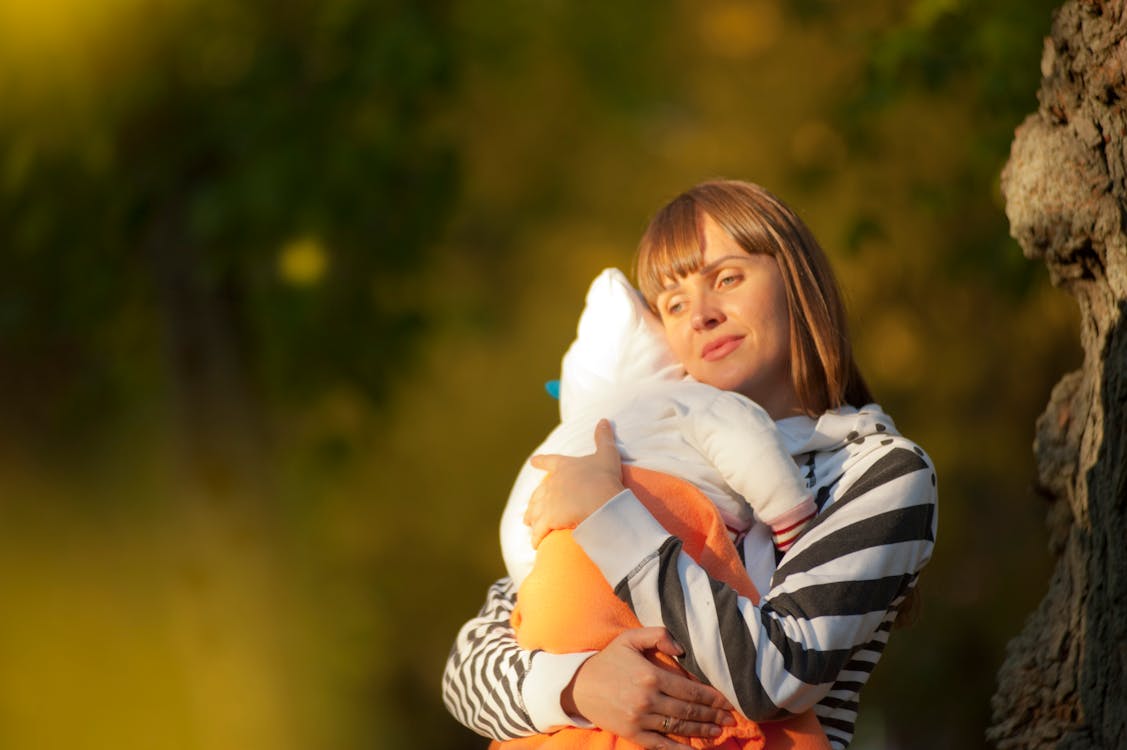
Before we get into the answer, a disclaimer here is that after you get an idea as to what are the reasons, don’t go and start blaming parents (if you don’t share a close bond with them). Be empathetic to them. Understand that it was also their first time that they became your parents. My intention here is to make you aware as to how your attachment determines many things later in your life. (you’ll see as you read further)
So coming back to the question, it is the sensitivity to the infants needs and desires which determines how secure would the child feel with the mother. If the mother is aware of the child’s mood, attends to the child’s feelings, is there when the child needs her, and is warm and affectionate to the child- it lays foundation for a secured attachment style.
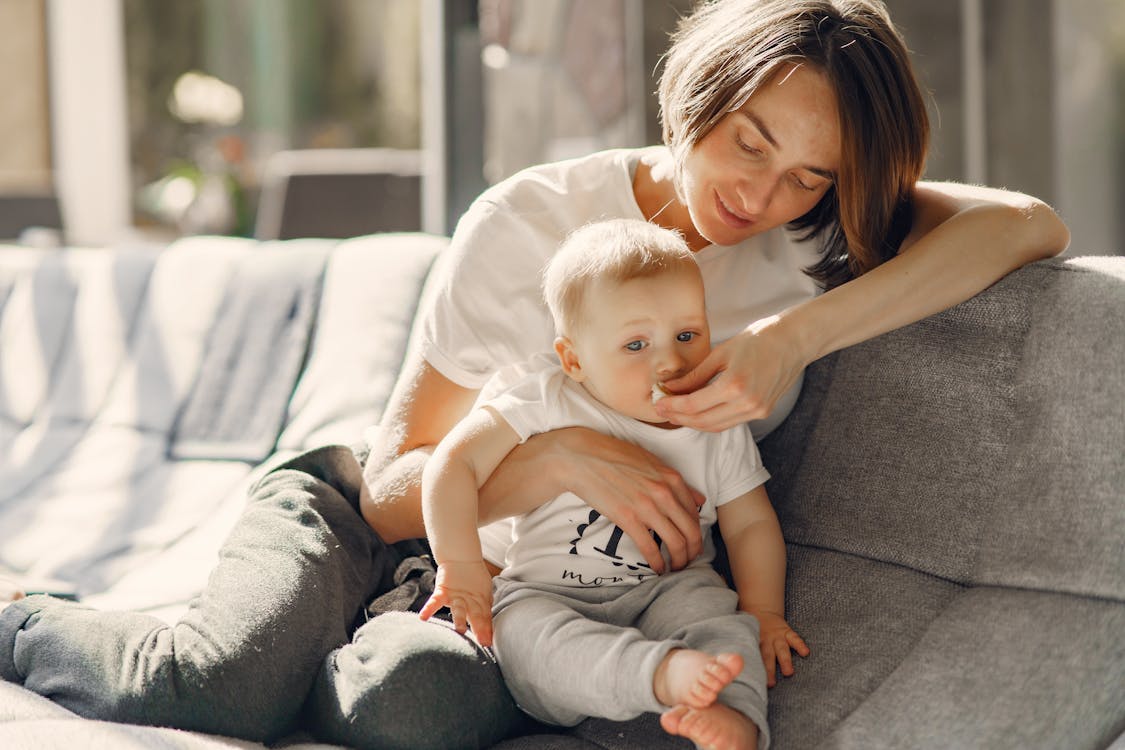
Secondly the responsivity in any fashion would not work as an advantage for you unless an appropriate level of response is determined. An overly responsive mother does equal amount of damage as an underresponsive mother. So finding that balance between the two is a task for most of the parents to produce a secured attachment style.
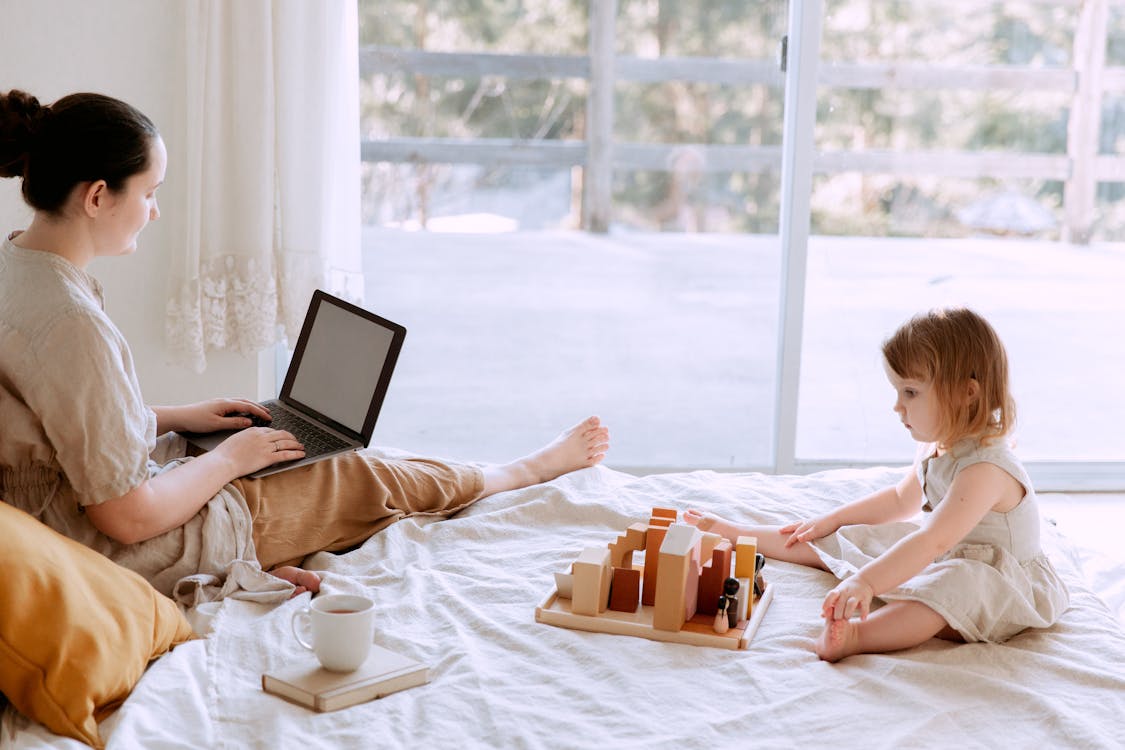
Another question which might be arising in your minds would be does the father not play any role in building a secured attachment style? Sure, he does! That’s our third point of discussion:
3. ROLE OF THE FATHER
If we talk about the role of the father two decades ago, the role would have been to be the bread-earner of the house. The role of the father in child-rearing was very limited because that’s how the social roles were defined then. But the case is not the same now. Fathers are now wanting to contribute actively in the child-rearing process. Paternity leaves are also a ‘thing’ now. One cannot imagine the concept of paternity leaves 20 years ago.
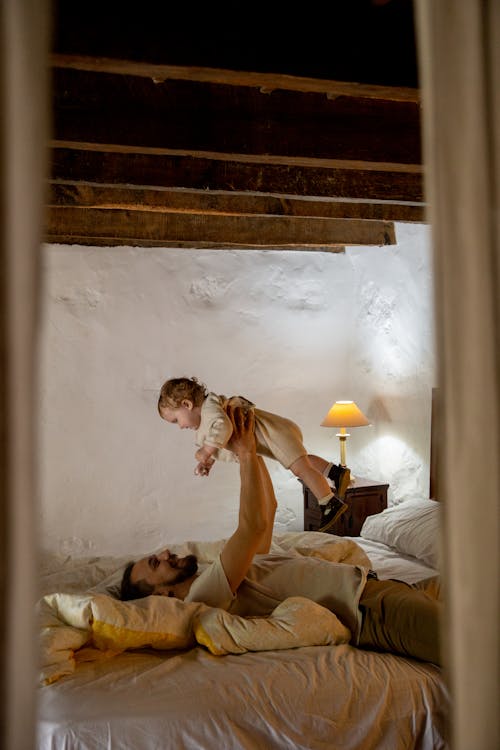
Growing body of research has found that the father’s expression of nurturance, warmth, affection, support, and concern are extremely important to the children’s emotional and social well-being. In addition, certain kinds of psychological disorders such as substance abuse and depression have been found to be related more to the father’s than mother’s behaviours.
4. YOUR PRIMARY ATTACHMENT STYLE MIGHT DETERMINE YOUR ROMANTIC RELATIONSHIPS IN THE FUTURE:
Yes! You read it correctly. Have you ever thought that you want your partner as caring as your dad? (if you are a girl and vice-versa for a boy). I am particularly excited to share this bit of information, as when I first came across this, I was fascinated.
Research indicates that the kind of attachment shared in the infancy is reflected in the adult romantic relationships. According to psychologist Phillip Shaver and his colleagues it so happens the attachment styles continue into our adulthood and affect the nature of romantic relationships. Consider the following 3 sentences:
A. I find it relatively easy to get close to others and am comfortable depending on them and having them depend on me. I don’t worry about being abandoned or about someone getting too close to me.
B. I am somewhat uncomfortable being close to others; I find it difficult to trust them completely, difficult to allow myself to depend on them. I am nervous when anyone gets too close, and often, others want me to be more intimate than I feel comfortable being.
C. I find that others are reluctant to get as close as I would like. I often worry that my partner doesn’t really love me or won’t want to stay with me. I want to get very close to my partner, and this sometimes scares people away.
Those who agree with the first statement reflect a secured attachment style. Adults who agree to this statement readily enter into relationships, feel happy and energized, and also confident about the future success.

Those who agree with the second statement display avoidant attachment style. They tend to be less invested in their relationships, have higher break-up rates, and feel lonely.

Lastly, those who agree with the third statement, fall into the category of ambivalent. These adults tend to become overly invested in their relationships, have repeated break-ups with the same partner, and relatively low self-esteem.
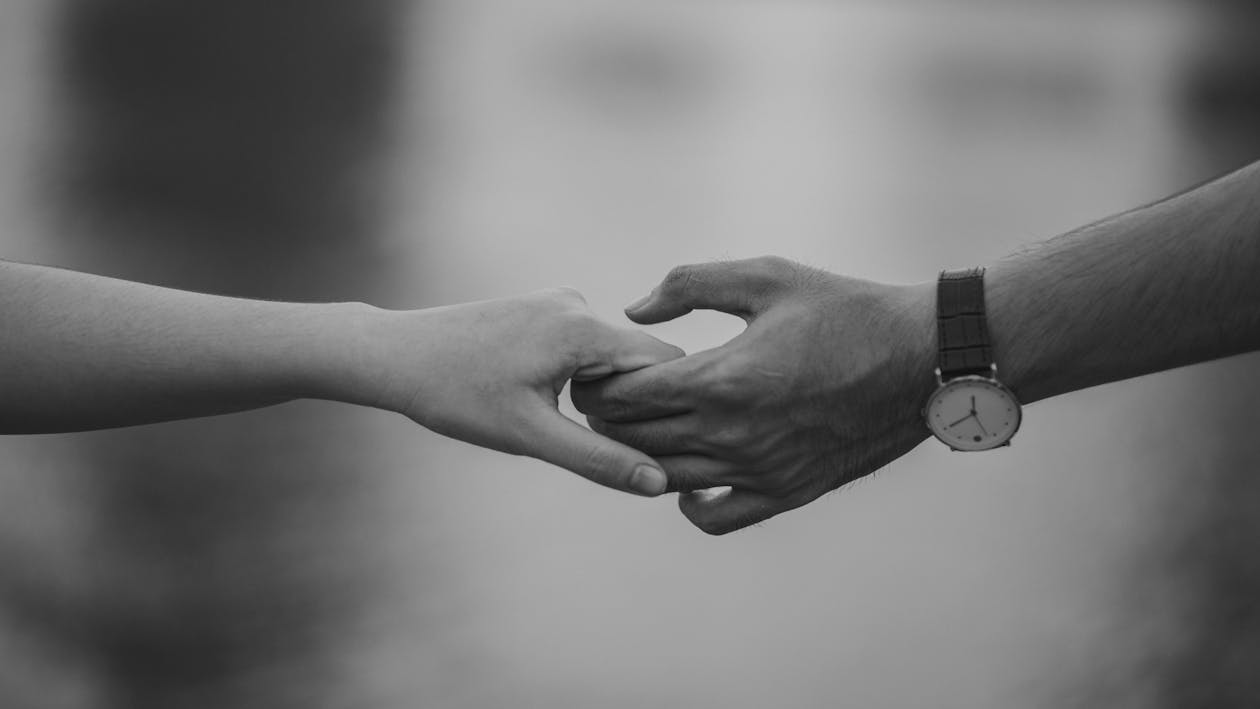
And now you know why you goof up all your relationships or you are so good at them! (whichever applies)
5. IMPLICATIONS:
- What if the child is not able to have a secured attachment style, does that mean that the child experiences difficulty later in life? No. Nor can we say that all the securely attached children are well-adjusted in life.
- Now that you know these concepts, be aware of them. Your attachment style will not only determine the kind of relationships you share with your partners but also the kind of attachment style you share with your children.
- The kind of attachment style will also determine the kind of parenting style you adopt.
- How strong is the relation between early attachment experiences and adult attachment styles? Studies have shown that they are moderately correlated. Thus, regardless of the individual differences this theory continues to influence thoughts, feelings and behaviour in adulthood.
Yeah! That’s it. Hope you found something new today. Do share your thoughts with me in the comment section below.
And if you haven’t read my previous blog, click here
REFERENCES:
- http://labs.psychology.illinois.edu/~rcfraley/attachment.htm
- Developmental psychology across lifespan- Robert S. Feldman


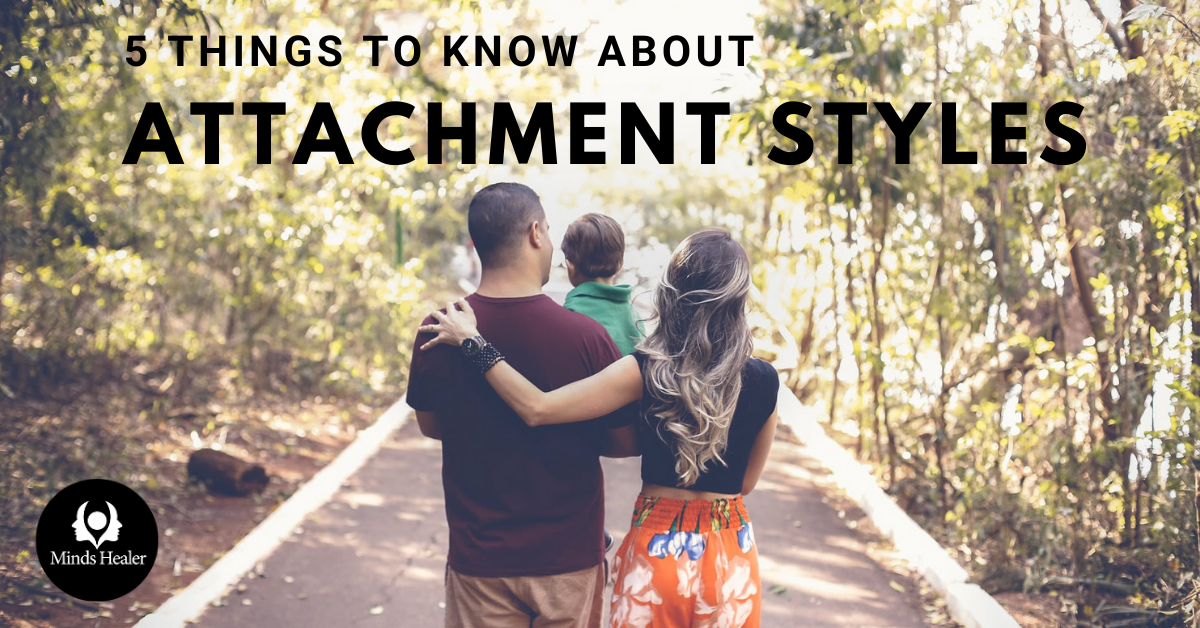

4 Responses
Wow!! Amazing work! Very detailed and pictures also help
Thank you so much!!